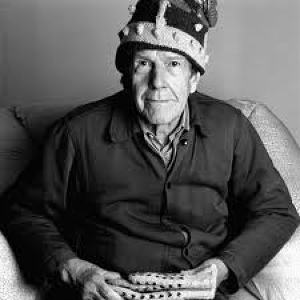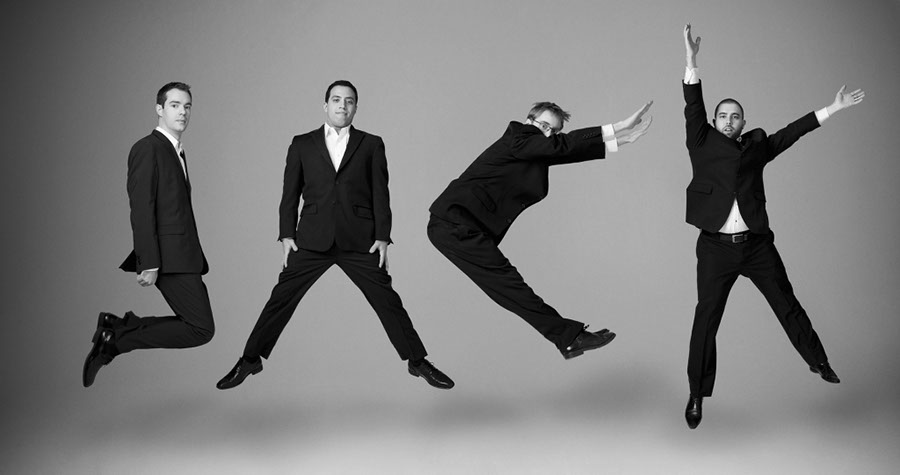



SA3: The John Cage Issue

Jack Quartet on John Cage's Number Pieces
JACK Quartet Rehearses John Cage's Four






SA3: The John Cage Issue

Jack Quartet on John Cage's Number Pieces
JACK Quartet Rehearses John Cage's Four

